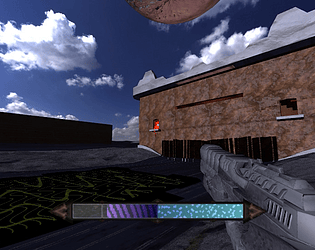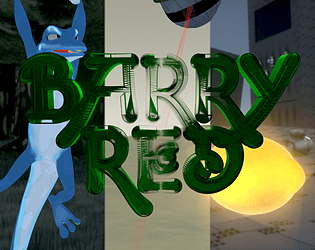Really got your cult dogma down, haven’t ya. Nobody here said a thing against AI as a tool.
EVERYTHING THAT CALLS FOR CHANGE
Technology cannot call for change. The only things I see calling for change are Big Tech, who benefit monetarily from pushing AI trash, and desperate non-skilled people for whom AI is the only way to compensate for their stupidity.
AI won’t make you a game developer, not now, nor in a few years.






